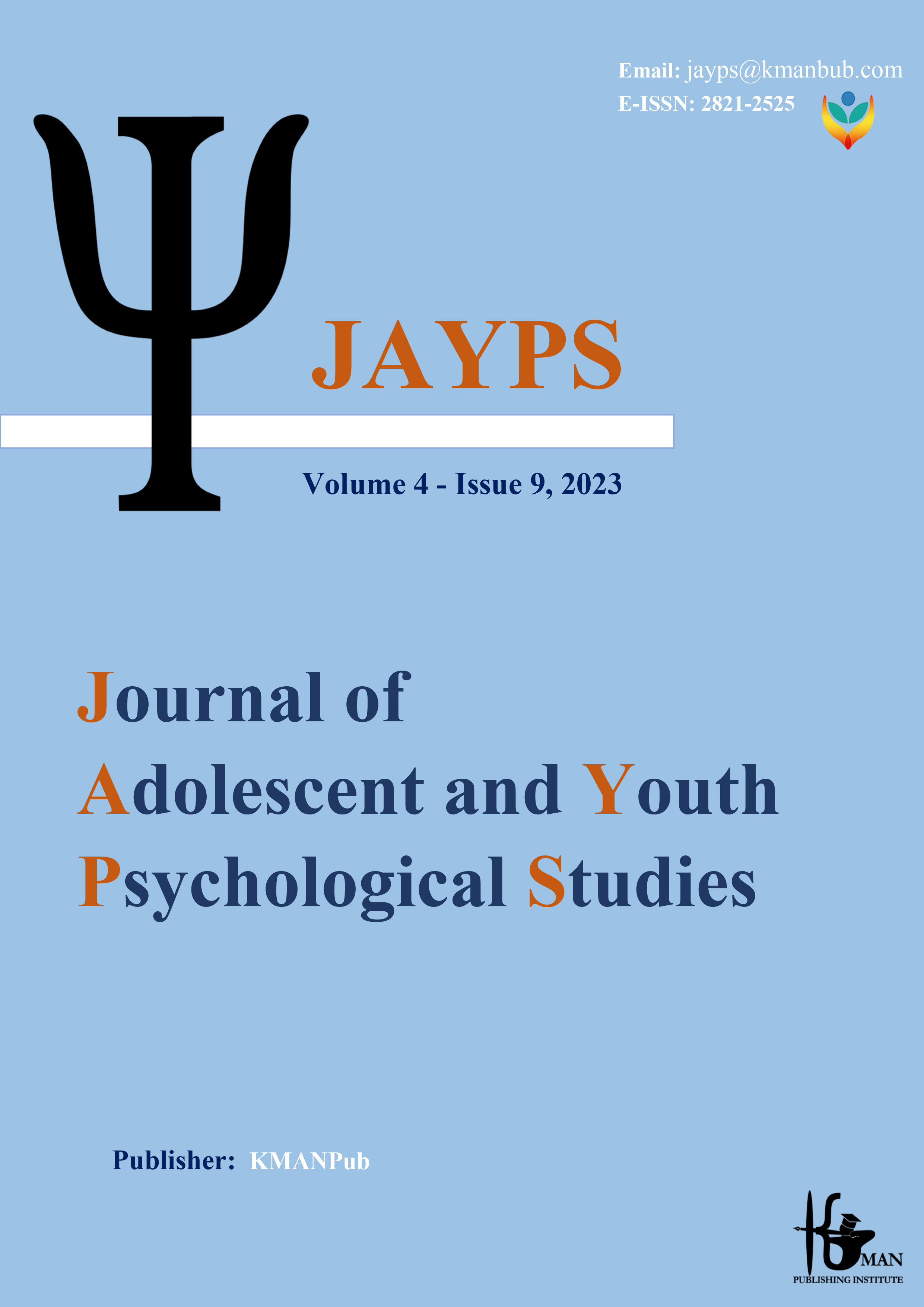Development of a suicidal tendency model in borderline personality disorder patients based on perceived burden and suicidal acquisition capacity through pessimistic attribution style
Keywords:
suicide, attribution style, suicidal tendencies, borderline personality disorder.Abstract
Background and Aim: Borderline personality disorder is specifically separated from other mental disorders by its emphasis on successful suicide, non-suicidal self-injurious behaviors, and suicidal behavior as a diagnostic criterion. Therefore, the present study aimed to develop a model for suicide tendency in individuals with borderline personality disorder based on perceived burdensomeness and acquired capability for suicide through the use of deceitful documents. Methods: The research method was of correlation type with structural relationship path analysis plan, or modeling. The statistical population of the current study included all female and male adults aged 18 to 40 who referred to the psychiatric department of hospitals and psychiatric offices in Tehran during the year 2021, who received a diagnosis of borderline personality disorder and had a history of attempted suicide, suicidal tendencies, and There were suicidal thoughts. Sample get the method It was done purposefully through the screening of patients. The sample size was equal to 500 people, which was chosen according to Kline's theory to design structural equations. In this research, Beck's (1961) suicidal ideation questionnaires, suicidal behavior capacity (revised) by Osman et al. (2001), and Patterson et al.'s (1981) documentary styles and perceived burden with Interpersonal Needs Questionnaire (INQ) were measured. Data analysis in SPSS software AMOS It was done using the structural equation modeling method. Results: The results showed that the proposed research model had an acceptable fit. Therefore, the research model based on modeling the relationship between perceived burden and the acquired capacity of suicide with the desire to commit suicide through pessimistic attribution style was confirmed by using structural equation analysis. Also, the secondary results showed that there is a significant correlation between the predictor variables of the research with the tendency to commit suicide. In this way, the effect of perceived burden and acquired capacity of suicide with pessimistic attribution style was 0.25 and 0.30 respectively, which increased to 0.46 due to the facilitating role of pessimistic attribution style. Conclusion: Based on this, it can be concluded that the positive effect of the perceived burden and the acquired capacity of suicide on the desire to commit suicide is increased and facilitated by the style of pessimistic attributions. According to this result, the mediating role of pessimistic attributional style to facilitate the positive effect of predictor variables (perceived burden, and acquired suicidal capacity) on suicidal tendency in patients with borderline personality disorder was confirmed. This result indicates the possibility of combining Abramson's cognitive theory and Joyner's interpersonal relationships in explaining suicidal tendencies.
Downloads
Downloads
Published
Issue
Section
License

This work is licensed under a Creative Commons Attribution-NonCommercial 4.0 International License.









